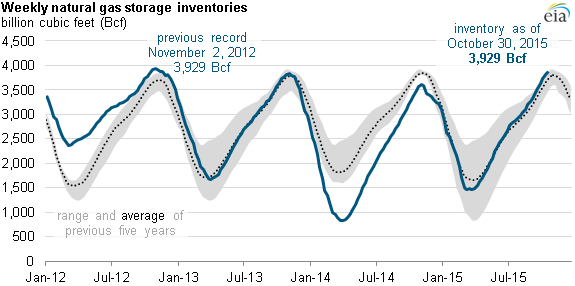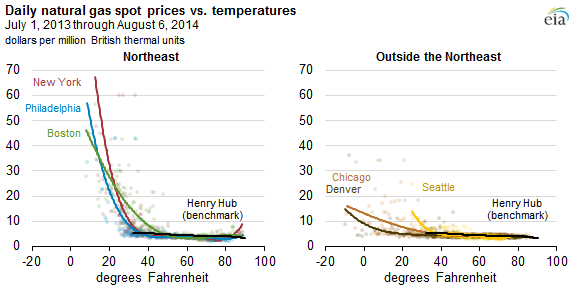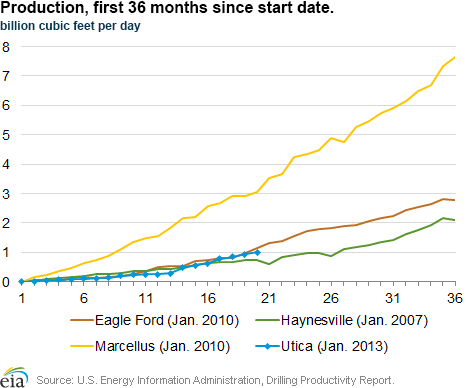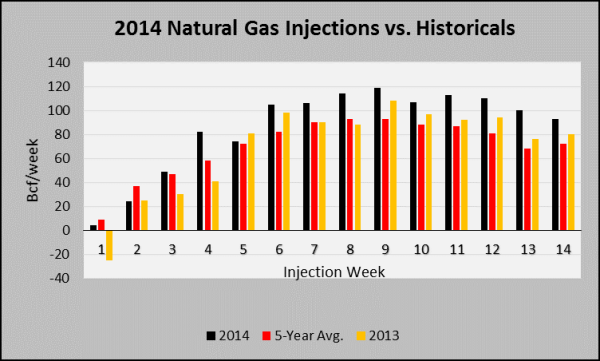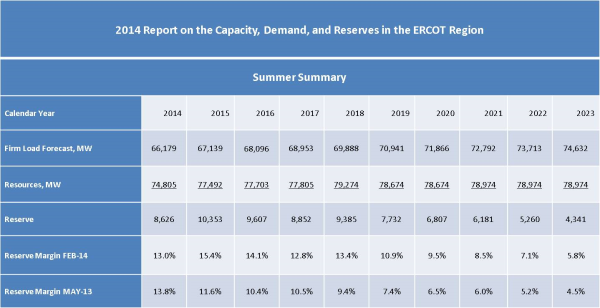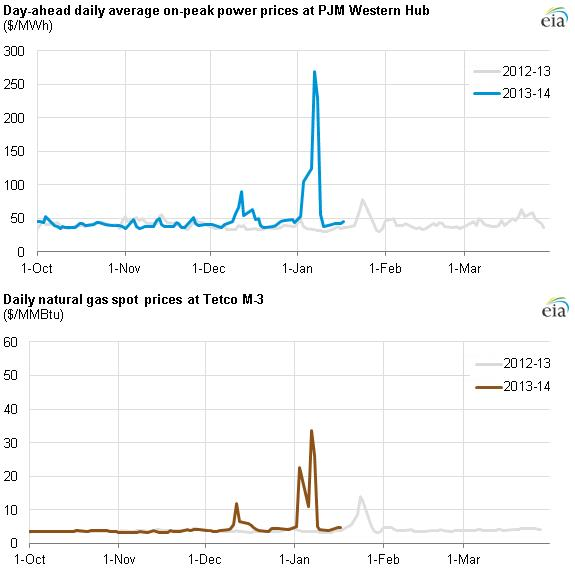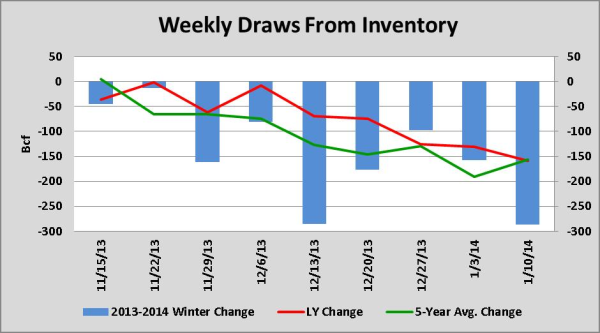It is well known that those of us in the business of trading or buying natural gas (and power for that matter) anxiously await the weekly natural gas storage reports issued by the Energy Information Administration. In fact, in my office there is friendly wagering amongst our price risk management and consulting staffs on exactly what the level of inventory build, or draw, will be.
Natural Gas Storage and Price, a Journey Back Through Time
Posted by Richard Zdunkewicz on Aug 9, 2016 9:43:13 AM
Topics: risk management, natural gas, EIA, NG, NYMEX
Weak NG and Power Market Fundamentals - Low Price Environment Will Linger in 2016
Posted by Alberto Rios on Mar 7, 2016 2:39:58 PM
The lack of sustained cold temperatures across the consuming regions has curbed heating demand from residential and commercial consumers. El Niño has had a major influence this winter, so the bouts of below normal temperatures that have swept the eastern half of the country have been short lived. As we approach the spring, natural gas and power fundamentals continue to be bearish because of the following factors:
Topics: forward curve, risk management, energy, Natural Gas Supply, NG Demand, Texas, NG
Natural Gas Could Top 4,000 BCF, Setting A New Storage Record - Do You Have A Risk Management Strategy?
Posted by Alberto Rios on Nov 11, 2015 1:00:00 PM
Typically, the end of October is considered by many in the industry the end of the natural gas injection season; history however, paints a different picture. During the last 13 years (including 2015), there have been net injections through at least the first week of November, and in 7 of the 13 years, there have been net injections in multiple weeks in November. In 2015, we expect to see injections at least through the week ended November 13, 2015.
Topics: risk management, energy storage, NG
Natural Gas Supply Shortage Concerns Have Eased
Posted by Jennifer Chang on Dec 23, 2014 10:54:00 AM
Massive contrast between colder than normal temperatures in Nov-2014 and above normal temperatures in Dec-2014 have caused very high price volatility in the Natural Gas futures market. Shifts in weather forecasts and record production have been the main price action drivers during the first half of the winter.
Topics: system operators, Acclaim Energy Advisors, energy management consulting, risk management, energy procurement, weather outlook, reliable energy, demand response, energy regulations, energy savings, power generation, Weekly Energy Insights, natural gas, energy management, energy management consultants, strategic energy sourcing, reserve margin, energy price spikes, Price Spike, energy blog, power outages, Natural Gas Supply, NG Demand, energy supply, Winter Weather, demand, scarcity pricing, current outlook
Weather Effect on Regional Natural Gas Spot Prices
Posted by Jennifer Chang on Aug 29, 2014 11:08:00 AM
Multiple supply and demand factors affect seasonal natural gas and electricity spot [1]prices across the country:
Topics: Heating Season\, Polar Vortex, forward curve, winter strip, spot price, Heat Rate, black swan event, pipeline capacity, energy sourcing, Acclaim Energy Advisors, risk management, energy, energy procurement, weather outlook, demand response, energy regulations, energy reliability, energy savings, Weekly Energy Insights, natural gas, energy management, reserve margin, energy price spikes, Price Spike, energy blog, Natural Gas Supply, price volatility, NG Demand, Winter Weather, new england, NG
A brutal cold start of the year has been followed by moderate temperatures across the country. Natural gas prices have risen significantly since early January 2014, as inventories were being depleted at a faster than normal rate due to higher than normal heating demand. Nevertheless, record production and tepid demand after the spring months triggered a massive selloff in mid-June 2014, with the front month losing more than 20 percent to date. Early concerns of tight supply conditions ahead of the next heating season have eased due to weekly record or near-record injections. Electricity prices have also plunged not only because of the recent drop in natural gas prices, but also because of a drop in heat rates. In Texas, peak load had not been this low in June and July since 2010. Low electricity demand has depressed spot and forward heat rates.
Topics: energy risk management, energy sourcing, Acclaim Energy Advisors, risk management, energy procurement, weather outlook, reliable energy, demand response, energy reliability, power generation, Weekly Energy Insights, natural gas, Event, economic demand response, energy management, energy management consultants, strategic energy sourcing, Hurricane Season, reserve margin, energy price spikes, renewable energy, Price Spike, energy blog, power outages, Natural Gas Supply, price volatility, reserve, report, energy efficiency, mild weather, energy storage, NG Demand, seasonal drought
Natural gas inventories have recovered significantly after reaching an 11-year record low of 822Bcf in late March-2014. During the last nine weeks, natural gas injections into storage have outperformed historical levels, and eight of them exceeded 100Bcf/week. Moreover, the last nine injections have exceeded the five-year average gains by 24Bcf on average. The drivers behind these above normal injections are the following:
Topics: Texas Energy, tropical storm, hurricane, energy sourcing, Acclaim Energy Advisors, energy management consulting, risk management, energy, Energy Solutions, energy procurement, weather outlook, reliable energy, demand response, energy regulations, energy reliability, energy savings, Weekly Energy Insights, natural gas, energy management, Price Spike, energy blog, power outages, Natural Gas Supply, price volatility, mild weather, energy supply, Texas, load generators, Peak Demand, forecasting
ERCOT's Latest CDR Report Shows Higher Reserve Margins: How Will This Affect Regulatory Policy?
Posted by Jennifer Chang on Mar 5, 2014 10:15:00 AM
On Friday, February 28, ERCOT published its 2014 Capacity, Demand and Reserves (CDR) report. Resource adequacy has been at the forefront of ERCOT’s electricity policy debate. Forecasting future demand is critical for planning purposes to determine how much generation will be needed in future years to meet peak demand. Resource adequacy concerns have prompted the PUCT to approve mechanisms that increase the duration and frequency of scarcity pricing signals in ERCOT to support adequate generation development in the state. One measure, that has also encouraged some Commercial and Industrial customers to take advantage of higher prices through prices response (load shedding and Distributed Generation (DG) dispatch), is the October 2012 decision to increase the system-wide offer cap to the following levels, effective on the dates below:
Topics: ERCOT, risk management, Energy Solutions, energy procurement, demand response, energy reliability, power generation, Weekly Energy Insights, reserve margin, energy price spikes, energy blog, reserve, report, energy efficiency, U.S. energy, PUCT, forecasting, CDR, capacity, demand, load shedding, distributed generation, scarcity pricing, current outlook
NG Spot Prices Reach Record Levels and Boost Power Prices During January 2014
Posted by Jennifer Chang on Jan 24, 2014 5:17:00 PM
Two ruthless surges of arctic air, east of the Rockies, have taken over the eastern half of the country this month. The latest forecasts suggest that this weather pattern will continue to linger through the end of the month. Sub-zero temperatures are expected in the upper Midwest cities and the great lakes, including Chicago, Minneapolis and Detroit and possible below zero temperatures as far south as the Ohio River. Factoring in wind chill, temperatures are expected to be 20 or 30 degrees below zero. This weekend a couple of Canadian clippers will be followed by another arctic surge through mid-next week with conditions that could rival those from January 6, 2014. A Canadian clipper (a.k.a Alberta clipper) is a storm system during the winter months that originates from the Canadian Province of Alberta (or there close by). The term "clipper" originates from the quick speeds of clipper sailing ships. Thus, an Alberta clipper is a quick-moving winter storm system originating from Alberta, Canada. A clipper will usually bring smaller bursts of snow (generally 1-3 inches) along with colder temperatures and often times gusty winds (The National Oceanic and Atmospheric Administration).
Topics: energy risk management, Acclaim Energy Advisors, risk management, energy, Energy Solutions, energy procurement, weather outlook, reliable energy, demand response, energy regulations, energy reliability, energy savings, energy costs, power generation, Weekly Energy Insights, natural gas, Event, energy management, energy management consultants, energy price spikes, Price Spike, energy blog, energy supply, Winter Weather, U.S. energy, Peak Demand, mid-atlantic, new england, NG
Natural Gas Market Supplies Tighten On Higher Than Normal Draws- Are You Protected Against Price Spikes?
Posted by Jennifer Chang on Jan 21, 2014 10:18:00 AM
So far, the 2013-2014 winter has been exceptionally cold across the eastern half of the U.S. Arctic outbreaks and the bitter cold winds from the Polar Vortex have spilled across major natural gas consuming regions. Massive draws from inventory have been needed to meet surging demand for heating from the residential, commercial and electric power sectors. This season has been characterized by withdrawals that have been much larger than average.
Topics: Heating Season\, Polar Vortex, energy risk management, energy sourcing, Acclaim Energy Advisors, energy management consulting, risk management, energy, energy procurement, demand response, energy regulations, energy reliability, energy costs, power generation, Weekly Energy Insights, natural gas, energy management, energy management consultants, energy price spikes, Price Spike, energy blog, Natural Gas Supply, energy supply, U.S. energy, capacity markets, refueling season


